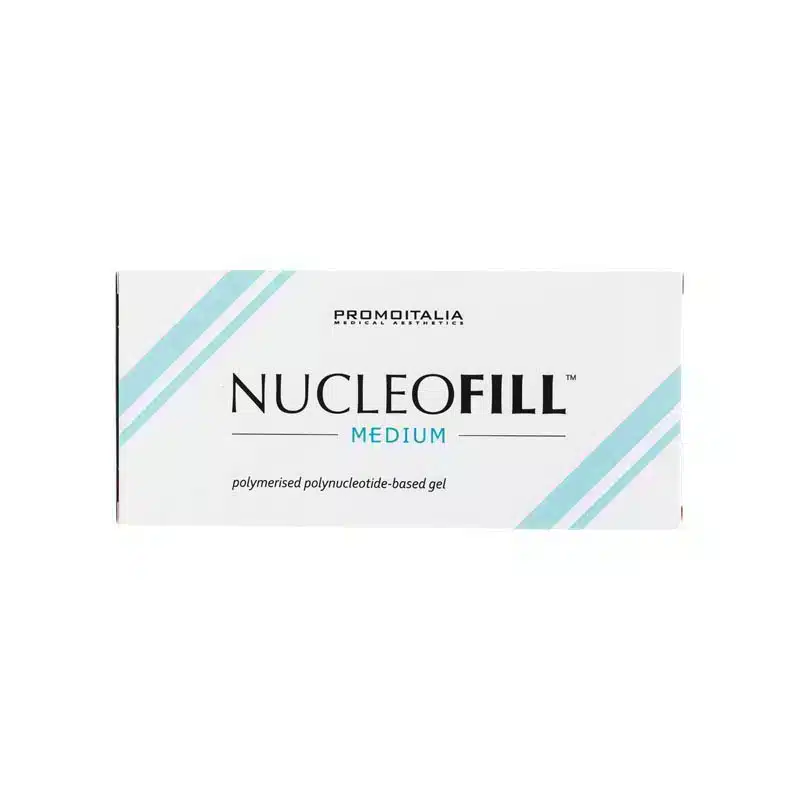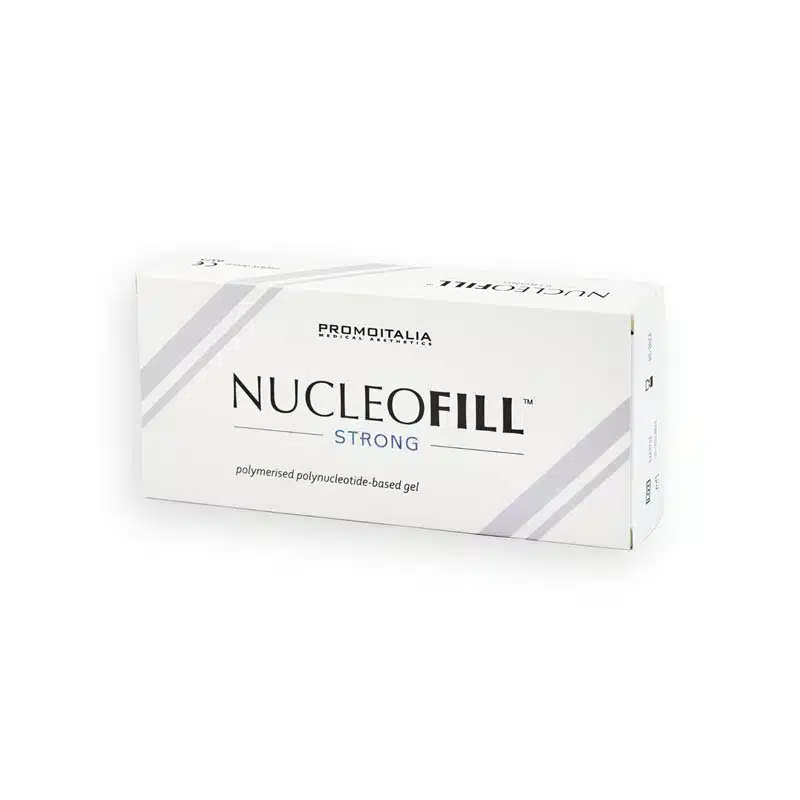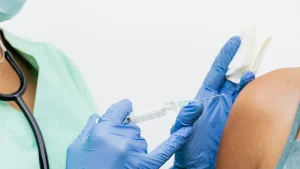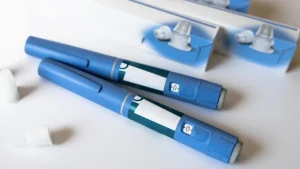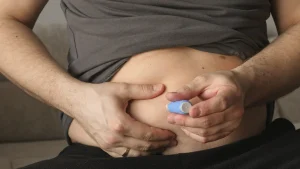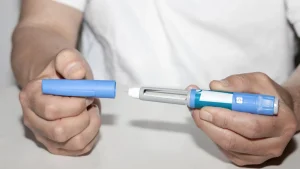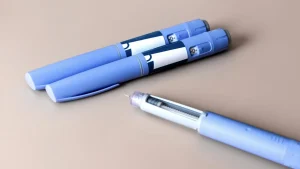Did you know that with the right planning and technique, most adverse events in aesthetic treatments can be avoided? A recent study emphasizes that experienced physicians need to understand facial anatomy, choose the right patients and products, and apply precise injection techniques to ensure safe and effective results.
Minimally invasive procedures, like Nucleofill’s polynucleotide-based biostimulator, offer a powerful solution for addressing visible signs of aging and improving skin quality. When combined with proper aftercare, the benefits of Nucleofill treatments can be long-lasting and transformative.
In this article, we’ll explore the Nucleofill aftercare instructions, the expected recovery timeline, common side effects, and tips to help you get the most out of your treatment.
Key Takeaways
- Individuals should strictly follow their provider’s post-treatment care instructions to avoid potential Nucleofill side effects.
- Applying SPF on the treated area and the skin can protect the skin from harmful UV rays.
- Utilizing skincare products free from harmful chemicals can help in skin recovery post-treatment.
- Providers may recommend Nucleofill maintenance sessions every six to twelve months to help sustain the results.
About: Medica Depot is your trusted all-in-one supplier, offering a range of high-quality medical injectables and supplies. Buy Nucleofill wholesale at Medica Depot today! Whether for health professionals, plastic surgeons, dermatologists, licensed estheticians, or other specialists, we can offer genuine, brand-name products you may need. With Medica Depot, we prioritize serving you better to improve the patient’s quality of life.
Key Aftercare Steps for Nucleofill Treatment

For the best results from Nucleofill treatments, it’s crucial to not only follow proper injection techniques but also adhere to your provider’s aftercare instructions. Doing so can reduce the risk of Nucleofill side effects and ensure smoother recovery and long-lasting benefits.
- Avoiding Sun Exposure: Minimize direct and excessive sun and UV exposure for at least two weeks post-procedure. Applying hugh-SPF sun protection to the treatment area can avoid UV damage that can affect results and delay healing.
- Refraining from Strenuous Exercise: Patients should avoid heavy physical activities for 24 to 48 hours post-treatment. Exerting too much force can affect blood flow and increase swelling, possibly disrupting effects.
- Keeping the Treatment Area Clean and Moisturized: Gently cleanse the area and avoid touching it repeatedly. Apply a gentle moisturizer and skincare products to support skin recovery and sustain hydration.
Importance of Using SPF and Recommended Products

Patients can also help maintain the effects and avoid complications after their Nucleofill procedures. Consistent application of SPF and recommended products by healthcare providers can help sustain Nucleofill treatment effects while minimizing potential complications.
Using SPF can shield the skin from harmful UV rays. This can prevent sunburn, reduce the risk of skin cancer, and slow aging. Broad-spectrum SPF 30 can effectively protect the skin when applied daily to the treatment area.
Aesthetic professionals may recommend specific products to aid in the healing process of Nucleofill treatments. Gentle skincare products free from harmful chemicals can help skin recover after treatment.
Recovery Timeline, Side Effects, and Management
The recovery period for Nucleofill treatment lasts about one to two weeks. Common side effects like swelling and redness can resolve within a few days, and the complete skin rejuvenation becomes noticeable over the following weeks.
Moreover, the typical Nucleofill side effects may occur at the injection site and include the following:
- Redness
- Swelling
- Bruising
- Tenderness
Aesthetic professionals may recommend the use of cold compresses and prescription medications like over-the-counter pain relievers to manage these symptoms. If they persist, patients must consult their practitioner.
Maximizing Treatment Longevity

The typical treatment protocol requires two to four treatments spaced two to four weeks apart. Providers may also recommend maintenance sessions every six to twelve months to help sustain the results. Scheduling regular follow-up sessions is crucial to maintain the Nucleofill benefits.
Furthermore, keep a consistent skincare routine that includes gentle cleansing, moisturizing, and applying broad-spectrum SPF. Choose products with antioxidants and peptides to boost skin health and prolong the treatment’s effects.
Conclusion
Proper aftercare is vital in getting the most out of your Nucleofill treatment. By closely following your provider’s post-treatment instructions, you can minimize side effects and keep your results lasting longer. Simple steps like avoiding sun exposure, taking a break from strenuous activities, and sticking to a good skincare routine will help your skin heal optimally.
Consider scheduling maintenance sessions every six to twelve months to maintain those great results. With the right care, you’ll enjoy smoother skin and a refreshed, youthful appearance, making Nucleofill a great investment in your aesthetic journey.
FAQs
1. What are the common side effects of Nucleofill injections?
Common side effects include redness, swelling, bruising, and tenderness at the injection site. These usually resolve within a few days.
2. How long does it take to recover after Nucleofill treatment?
The recovery period typically lasts one to two weeks, and noticeable skin rejuvenation occurs over the following weeks. Furthermore, patients can enjoy the impressive Nucleofill results within six to twelve months.
3. What aftercare steps should I follow to enhance results?
After treatment, avoid sun exposure, refrain from strenuous exercise for 24 to 48 hours, and keep the treatment area clean and moisturized. Consistent application of broad-spectrum SPF is also recommended.
References
- Funt, D., & Pavicic, T. (2013). Dermal fillers in aesthetics: an overview of adverse events and treatment approaches. Clinical, cosmetic and investigational dermatology, 6, 295–316. https://doi.org/10.2147/CCID.S50546
- Sander, M., Sander, M., Burbidge, T., & Beecker, J. (2020). The Efficacy and Safety of Sunscreen Use for the Prevention of Skin Cancer. Canadian Medical Association Journal, 192(50), E1802–E1808. https://doi.org/10.1503/cmaj.201085

